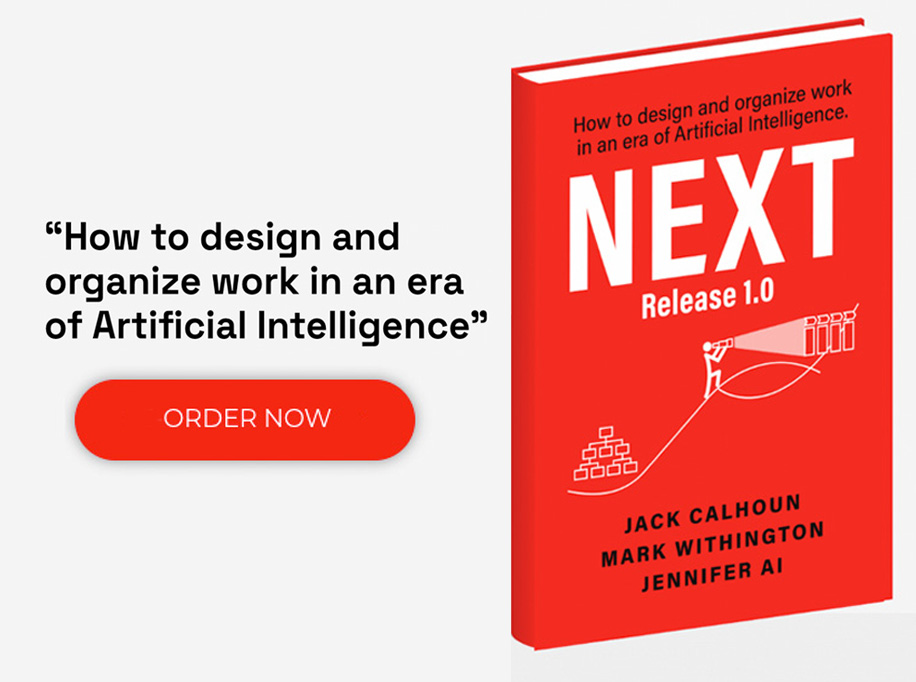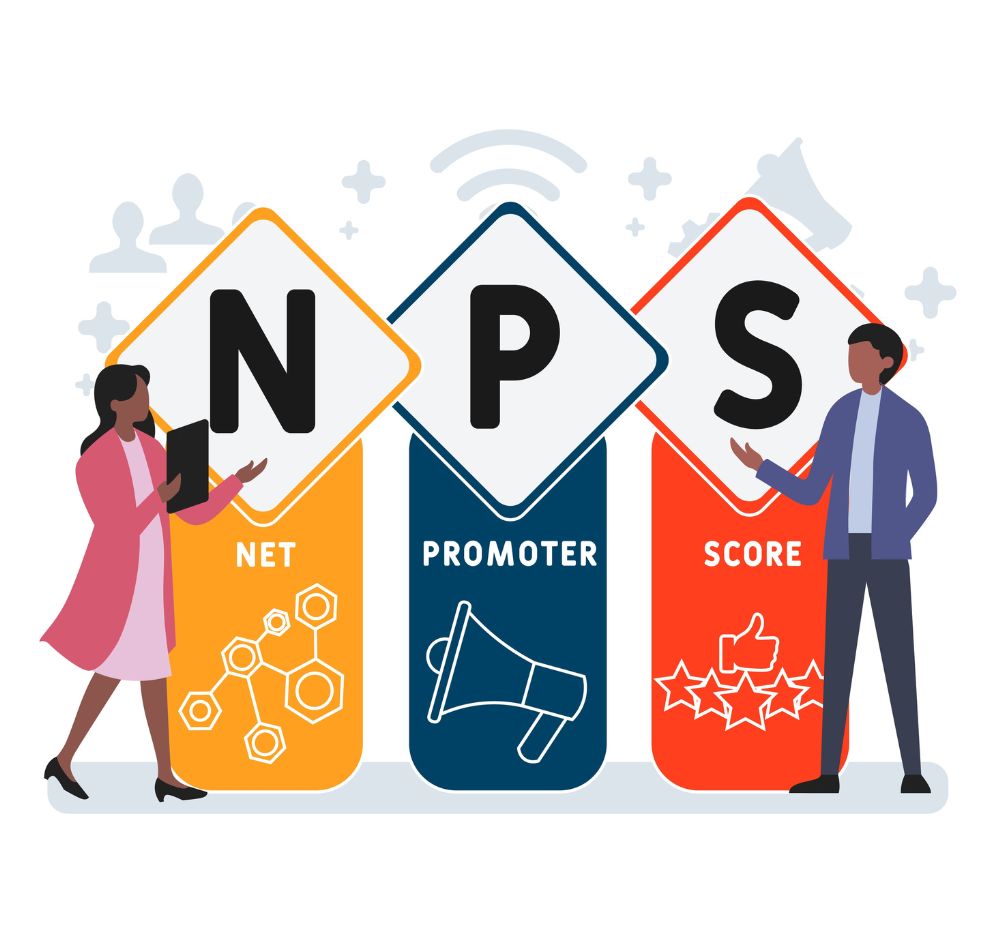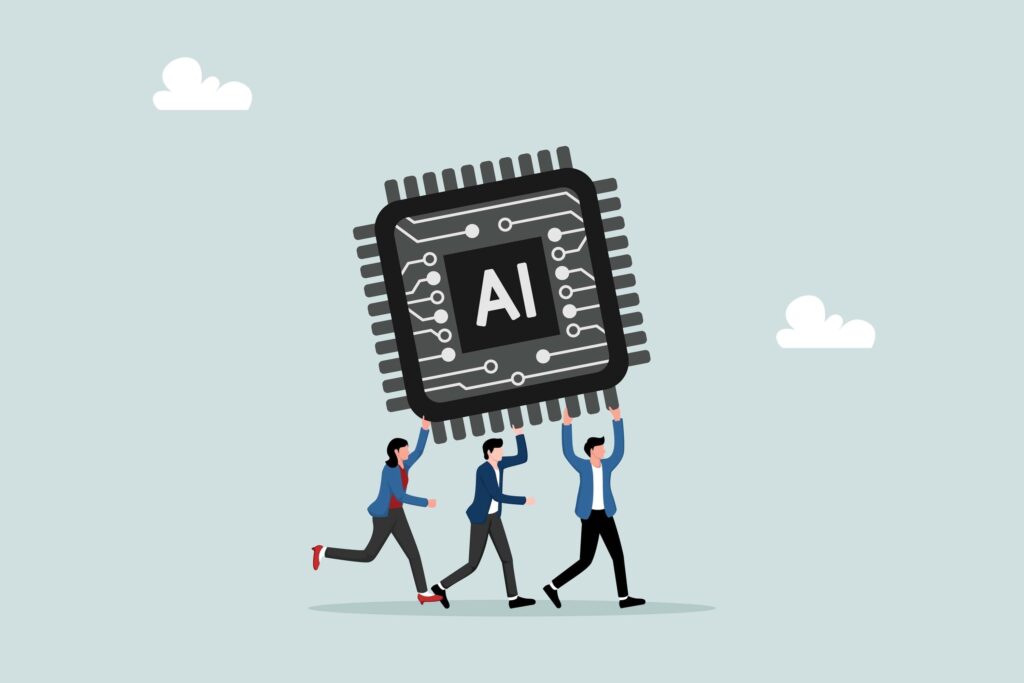Every touchpoint between your organization and your customers represents an opportunity to build loyalty or create frustration. Customer experience optimization is the strategic process of maximizing these opportunities by designing intentional interactions that satisfy customer needs while supporting business objectives. In this guide, we discuss our Hi-Def Operating Model–the proven framework for effective customer experience optimization that delivers tangible results.
Understanding Customer Experience Optimization
Customer experience optimization is a holistic approach to analyzing, designing, and refining every interaction customers have with your brand. In our Hi-Def Operating Model framework, customer experience is the cumulation of thoughts and emotions a prospective, new, or existing customer perceives during every encounter, what we like to call critical “Moments of Truth.”
Effective CX optimization requires understanding both the cognitive (thinking) and affective (feeling) aspects of customer interactions. It leverages data, behavioral insights, and carefully designed choice architectures to guide customers toward choices that benefit them without compromising their autonomy.
Why is Optimizing for Customer Experience Crucial?
There are many universal reasons for improving customer experiences. Here’s our perspective:
Drives Business Performance
Organizations with optimized customer experiences significantly outperform their competitors. As the Hi-Def Operating Model demonstrates, a customer-obsessed approach helps organizations stay competitive, grow and attract more market share, improve customer satisfaction, refine operations, and foster innovation.
Builds Customer Loyalty and Advocacy
What we classify as the Third Moment of Truth (3rd MOT)—more on this below—occurs when customers share their experiences with others. Positive experiences during this moment can turn customers into brand advocates, amplifying your reach and attracting new customers through authentic word-of-mouth marketing.
Creates Alignment Between Business and Customer Goals
CX optimization connects the dots between what customers want and what businesses need. By understanding customer attitudes, environmental factors, and situational constraints, organizations can create choice architectures that guide customers toward beneficial outcomes while supporting strategic business objectives. Libertarian paternalism is key here. It involves thoughtfully designing environments and choices that encourage beneficial outcomes without limiting individual freedom.
Provides Measurable Results
Unlike vague customer satisfaction initiatives, CX optimization delivers concrete, measurable outcomes. The Customer Obsession Yield Number (COYN) framework allows businesses to measure customer attrition at each stage of the AIDA(S) journey (Awareness, Interest, Desire, Action, Satisfaction). Taking this data-driven approach gives businesses the insights needed for continuous improvement and optimization of the customer journey based on real-time metrics rather than after-the-fact surveys that may be inaccurate or incomplete.
6 Customer Experience Optimization Best Practices
Map Your Customer Journeys
Begin by creating comprehensive customer journey maps that visualize customers’ interaction with your organization. Use the AIDA(S) framework to model the journey and identify critical Moments of Truth. Comprehensive maps help uncover pain points, reveal opportunities for improvement, and create a seamless experience across all channels and touchpoints. They should be maintained in a central repository as part of your Customer Journey Inventory.
Develop Detailed Customer Personas
Create rich personas that go beyond demographics to include psychographics—their values, attitudes, lifestyles, and personality traits. Use empathy mapping to understand what customers think, feel, say, and do at each stage of their journey. Personas humanize your target audience and create pathways for you to design experiences that truly connect and resonate.
These detailed personas should be stored and maintained in a Persona Inventory to ensure consistency across all CX initiatives.
Identify and Optimize Moments of Truth
Focus on the critical interactions that shape customer perception throughout their journey:
- Zero Moment of Truth (ZMOT): When potential customers research your offering
- First Moment of Truth (1st MOT): When customers choose your product/service
- Second Moment of Truth (2nd MOT): When customers use your product/service
- Third Moment of Truth (3rd MOT): When customers provide feedback and share experiences
Design these moments intentionally to create positive impressions that foster loyalty and advocacy. Once again, documentation is crucial. Record them in a Moments of Truth Inventory so they can be consistently managed across the organization.
Implement Real-Time Measurement
Move beyond traditional after-the-fact surveys to implement real-time measurement of customer progress throughout their journey. The COYN allows you to track customer attrition at each stage of the AIDA(S) journey, providing valuable insights into where your customer experience needs improvement. Without instrumentation and measurement, customer-centric efforts can too easily be hollow.
Apply Behavioral Economics Principles
Leverage insights from behavioral economics to design experiences that acknowledge cognitive and affective biases. Understanding how loss aversion, status quo bias, information overload, and other factors influence customer decisions allows you to create choice architectures that guide customers toward beneficial outcomes. By examining biases, organizations can design experiences that gently nudge customers towards choices that match their best interests and organizational goals.
Maintain Dynamic CX Artifacts
Treat your CX artifacts (personas, customer journeys, service blueprints, empathy maps) with the same rigor as engineering change control processes. These artifacts have dependencies and represent crucial metadata about how the service is delivered. Your organized documentation of all these artifacts forms a “Rosetta Stone” that connects all aspects of your customer experience strategy. Use these catalogs to create new CX designs for services, customers, and journeys.
Navigate Customer Experience Optimization with Accelare
At Accelare, we understand that effective customer experience optimization requires more than isolated improvements to customer service. It demands a systematic approach aligning your entire operating model to deliver exceptional customer experiences.
Our Hi-Def Operating Model provides the framework to map, measure, and optimize your customer experience across all touchpoints. By identifying critical Moments of Truth, developing rich customer personas, and implementing real-time measurement through the COYN, we help organizations create experiences that foster loyalty, advocacy, and sustainable growth.
Don’t settle for disconnected customer service initiatives that fail to deliver measurable results. Partner with Accelare to build a truly customer-obsessed organization that delivers memorable and enjoyable experiences.











